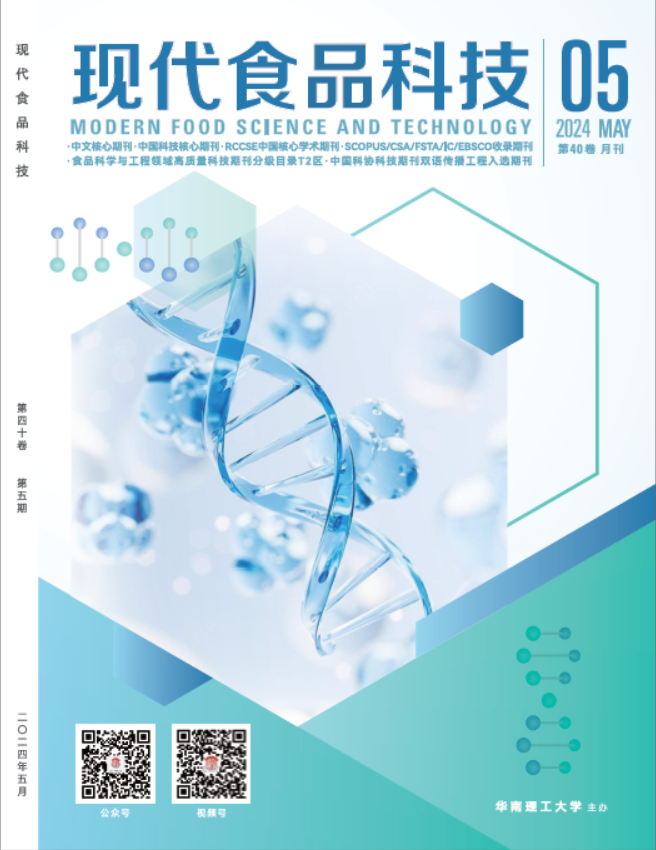Abstract:
The effect of different microwave oven cooking methods on vitamin C (Vc), retention rate of flavor substance, and texture of white radish were studied in this experiment. After white radish samples were cooked in a water bath, an inverter microwave oven, a non-inverter microwave oven, and in a direct injection steam microwave oven, the Vc content, brittleness, and the retention rate of flavor substance were determined by ultraviolet spectrophotometry, texture profile analysis (TPA) by using a texture analyzer, and gas chromatography (GC), respectively. On the contrary, the morphologies of raw and processed white radish samples were examined using scanning electron microscope (SEM). Under the experimental conditions, the retention rates of flavor substances and Vc generally showed a downward trend along with the increase in temperature and extended heat-holding time, i.e., 65 ℃ > 75 ℃ > 85 ℃ > 95 ℃. Texture analysis showed that the brittleness values decreased along with the increase in temperature and extended heat-holding time. However, the brittleness values of some processed samples were higher than those of the corresponding raw ones. The results obtained showed that after cooking at 85 ℃ for 5 min, the moisture retention rates for water bath, inverter microwave oven, non-inverter microwave oven, and direct injection steam microwave oven were 92.76%, 90.87%, 90.31%, and 91.86%, respectively, and that microwave cooking caused food moisture loss more easily than cooking in a water bath. After cooking at 85 ℃ and/or 95 ℃ for about 5 min, the moisture retention rates were above 90.00% for all, and the Vc retention rates were higher than 60.00% for all, except for the sample cooked in the inverter microwave oven. Within suitable cooking temperatures and durations, the effect of using a non-inverter microwave and a direct injection steam microwave oven to cook white radishes were better than when the water bath and inverter microwave were used.

